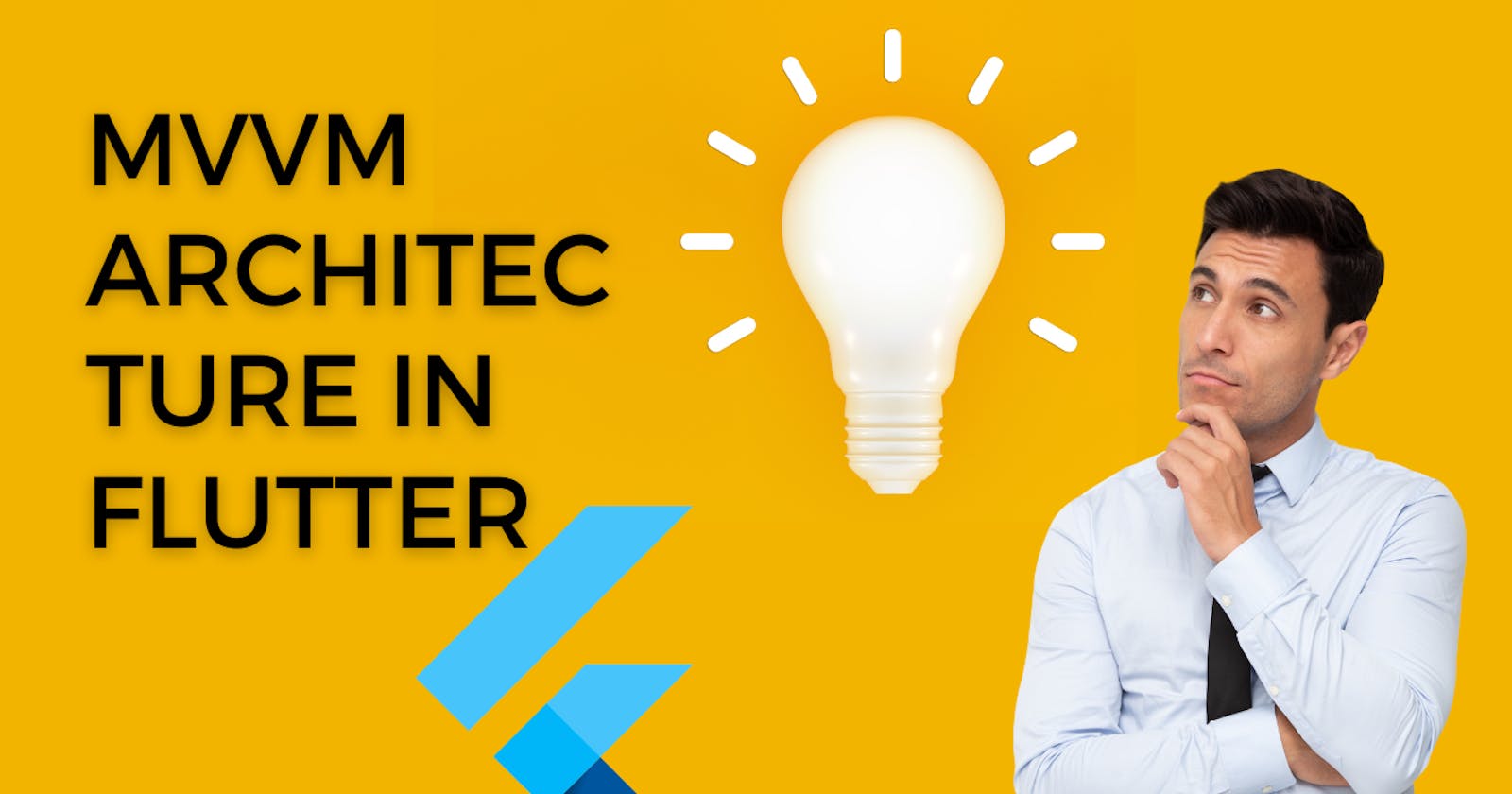Mastering MVVM Architecture in Flutter: Best Practices and Implementation Strategies
Flutter is a popular mobile app development framework that enables developers to create high-quality, cross-platform apps for iOS and Android platforms. One of the key factors that contribute to the success of any Flutter app is its architecture. In this blog, we will focus on the MVVM (Model-View-ViewModel) architecture, its benefits, and best practices to implement it in Flutter.
What is MVVM Architecture?
MVVM is an architectural pattern that separates the user interface (View) from the business logic (Model) by introducing an intermediary component (ViewModel). The main idea behind the MVVM architecture is to simplify the development process by creating a clear separation of concerns between the user interface and business logic.
The View is responsible for displaying the UI elements and user interactions, while the ViewModel is responsible for managing the business logic and state of the application. The Model represents the data and entities used in the application.
Benefits of MVVM Architecture:
Separation of concerns: MVVM architecture separates the UI logic and business logic, making it easier to maintain and update the codebase.
Testability: Since the ViewModel contains the business logic, it can be easily tested without the need for a UI. This helps in identifying and fixing issues quickly.
Reusability: The ViewModel and Model can be reused across different Views, making it easier to create a scalable and maintainable codebase.
Best Practices for Implementing MVVM Architecture in Flutter:
Folder Structure: To implement MVVM architecture in Flutter, it is recommended to create a separate folder for each component - View, ViewModel, and Model. This makes it easier to navigate through the codebase and maintain the separation of concerns.
Data Binding: Flutter has a built-in data binding mechanism called StreamBuilder that makes it easier to bind data between the View and ViewModel. This helps in updating the UI automatically when the data changes.
Dependency Injection: Use a dependency injection framework like GetIt to inject dependencies into the ViewModel. This helps in creating a clear separation of concerns and makes the code more testable.
Event Bus: An Event Bus can be used to communicate between the View and ViewModel. This helps in reducing the coupling between the components and makes it easier to manage events.
Services: Use services to handle business logic that is not related to the UI. For example, services can be used to handle API requests, database operations, or file handling.
Github: https://github.com/anuj0612/flutter_mvvm_demo
Conclusion:
MVVM architecture is a great way to create scalable and maintainable Flutter apps. By separating the UI logic and business logic, MVVM architecture helps in creating a clear separation of concerns and improves the overall quality of the code. By following the best practices mentioned in this blog, developers can create high-quality Flutter apps that are easy to maintain, test, and scale.

